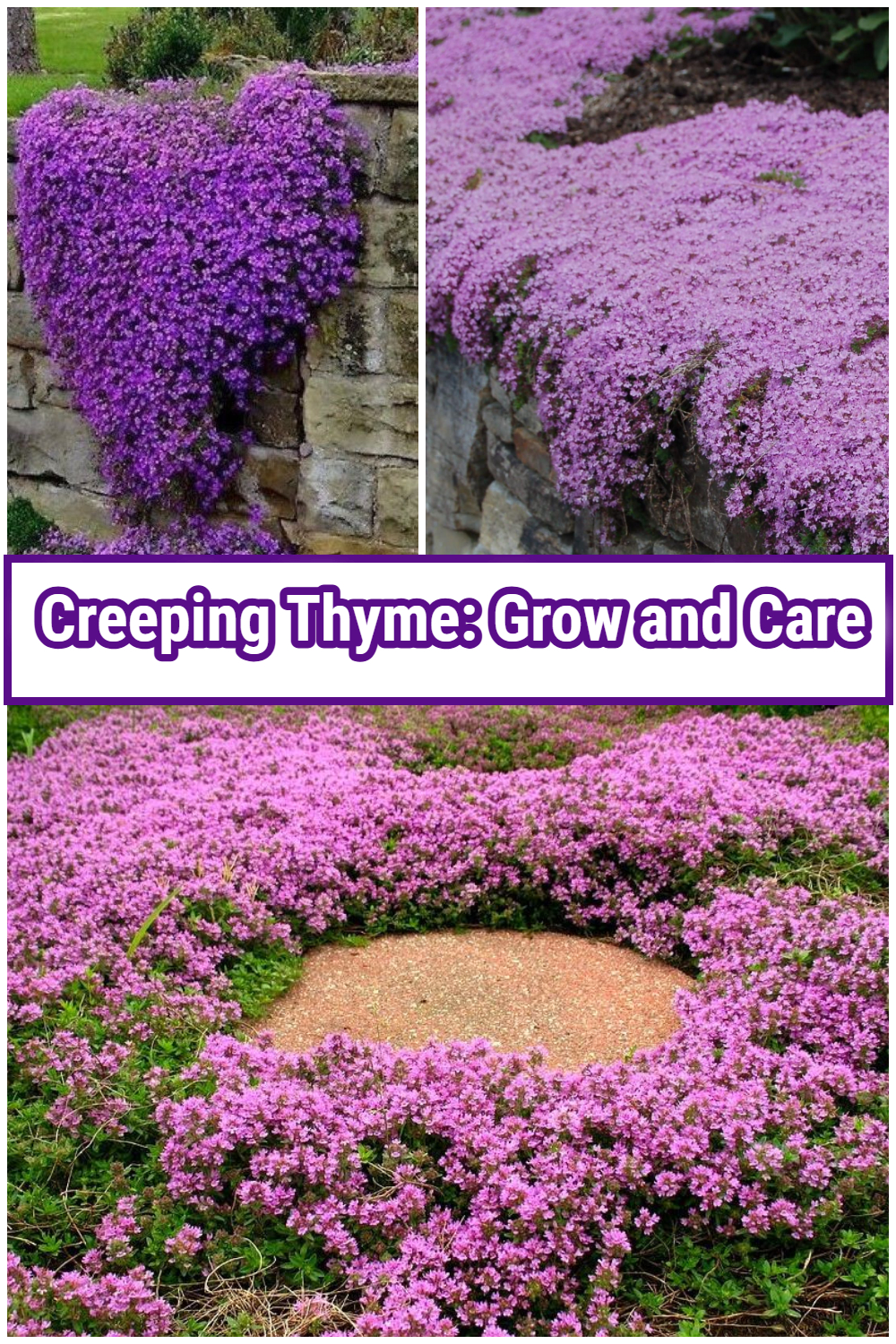Dahlias have become one of the most popular and versatile flowers in the gardening world. This plant comes in various colors and bloom sizes, from small pompon blooms to giant dinner-plate varieties, adding a striking pop of color and texture to arrangements. Whether you are a beginner or an experienced gardener, starting your dahlia collection with healthy dahlia bulbs (tubers) is crucial for a successful bloom. This guide will walk you through the process of choosing, planting, caring for, and overwintering dahlia bulbs.
Understanding Dahlia Bulbs (Tubers)
Dahlia bulbs are technically tubers – thick underground stems that store energy for the plant. Unlike regular bulbs like tulips or daffodils, Dahlia bulbs stand out with multiple growing points (or “eyes”) which allows new shoots to emerge.
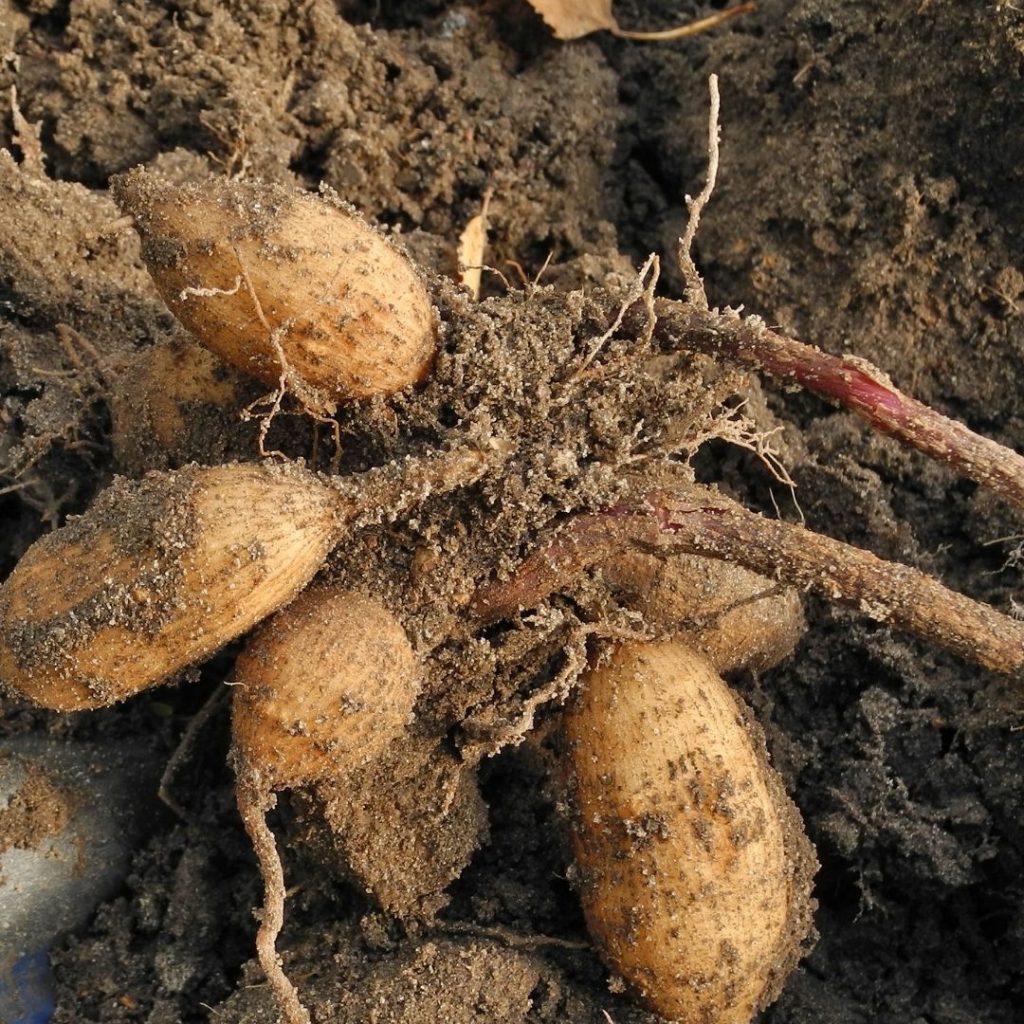
Choosing the Right Dahlia Bulbs
Before you start planting, it’s essential to choose the right dahlia bulbs for your garden.
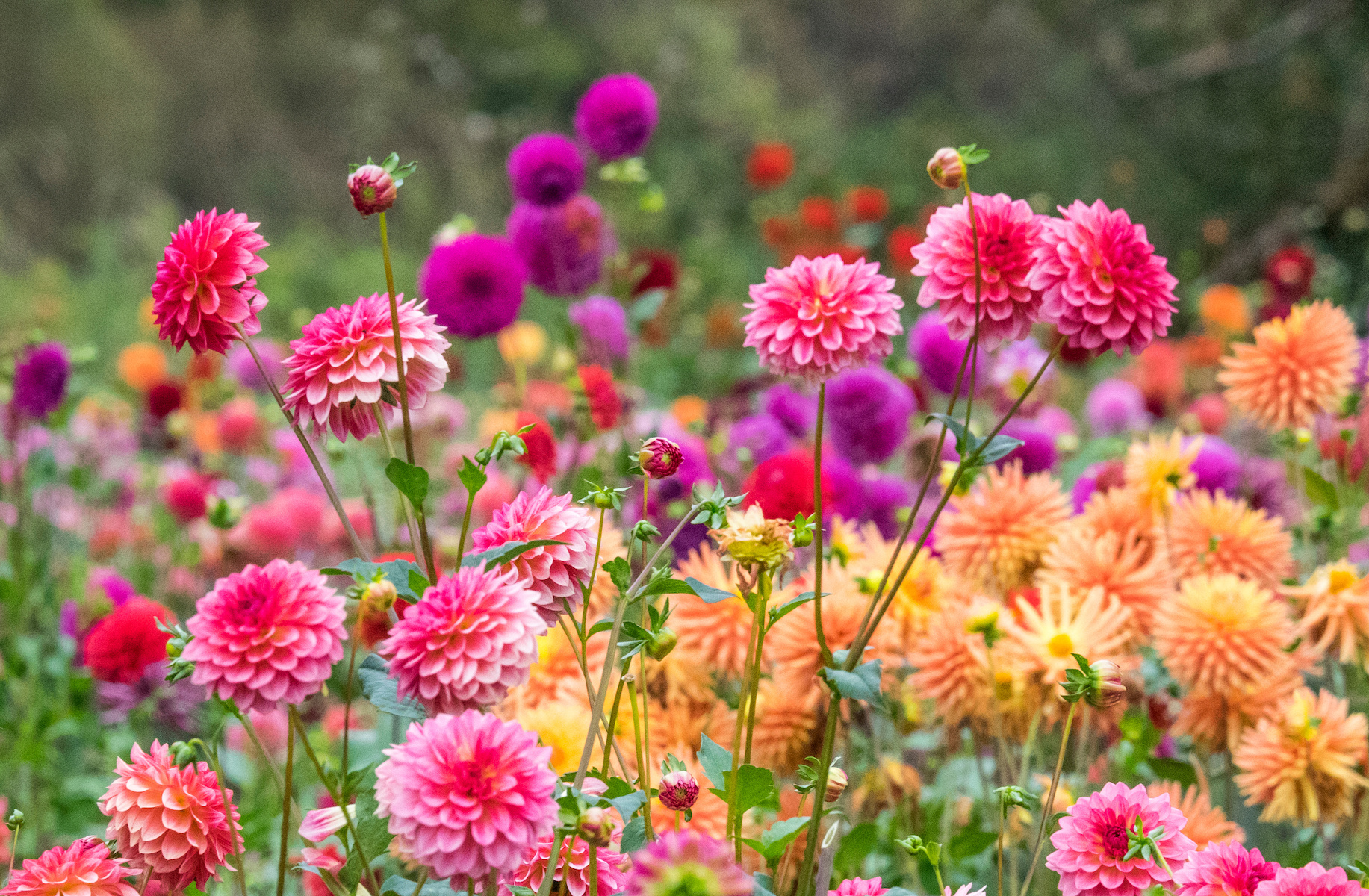
Factors to Consider
- Climate: Dahlias require cooler temperatures and well-draining soil to thrive. In warmer climates, choose dahlia varieties that are resistant to heat and humidity.
- Soil Type: Dahlias prefer well-draining soil that is rich in organic matter. If your garden has heavy clay soil, amend the solid with compost or well-rotted manure.
- Color: Dahlias are available in a wide range of colors, including pink, purple, white, and red. Choose a dahlia variety that resonates with your personality and garden design.
How to Choose
It’s essential to select high-quality dahlia tubers for a healthy plant. There are a few things that you need to do:
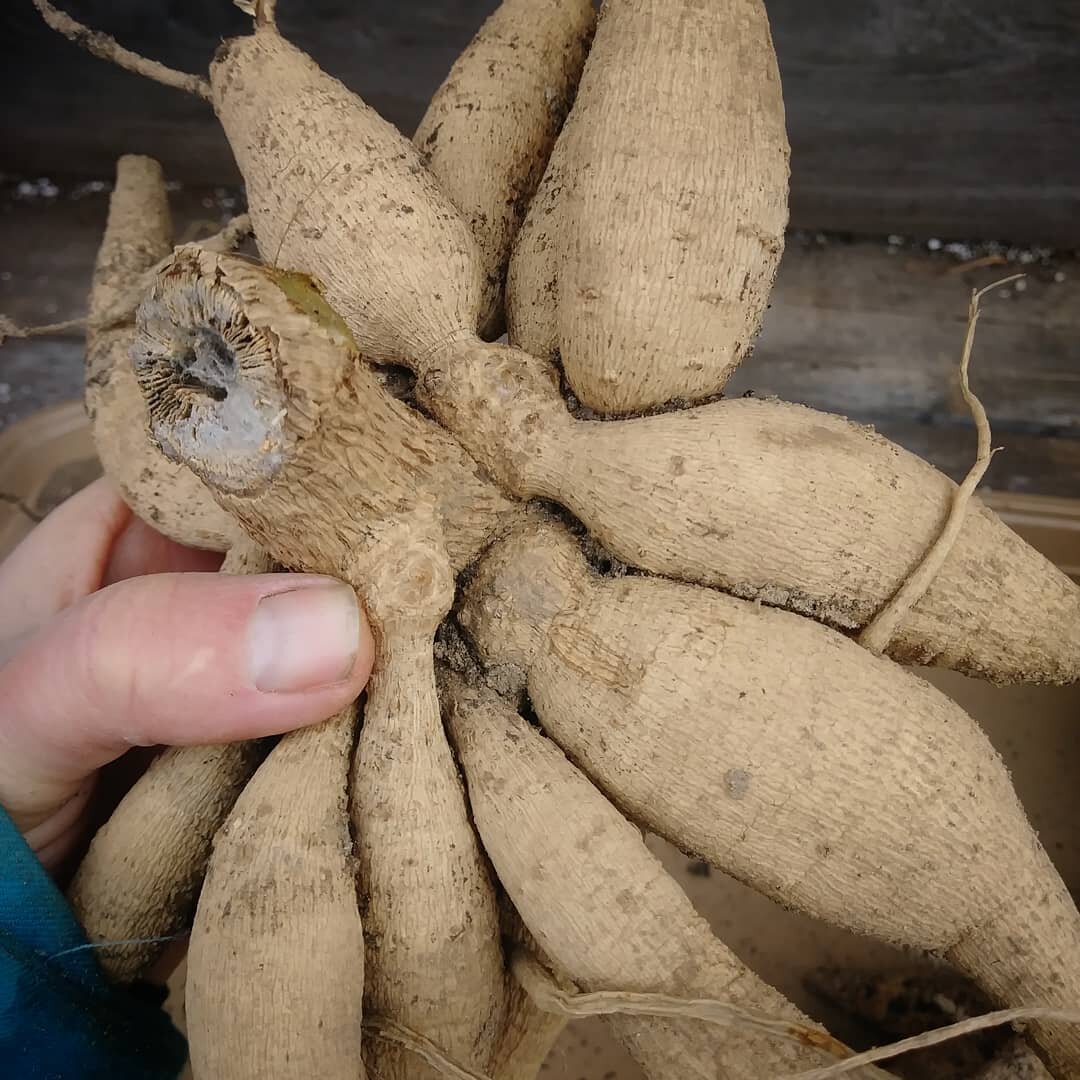
- Look for tubers that are firm and plump, with visible “eyes” (small buds on the crown).
- Avoid shriveled or moldy tubers as they may not grow well or can spread disease.
- Purchase from reputable nurseries, garden centers, or online stores that specialize in dahlias.
- Choose varieties that suit your garden’s space and color scheme.
When and Where to Plant Dahlia Bulbs
As Dahlias thrive in warm soil, it’s best to plant them in the spring, after the last frost. They require at least 6–8 hours of sunlight per day and prefer well-drained, fertile soil with a slightly acidic to neutral pH. If your soil is heavy clay or sandy, consider improving drainage with compost or planting in raised beds.
How to Plant Dahlia Bulbs
It’s crucial to prepare the soil before planting. Loosen the soil to about 12-18 inches deep and add a 2-inch layer of compost or well-rotted manure for nutrients.
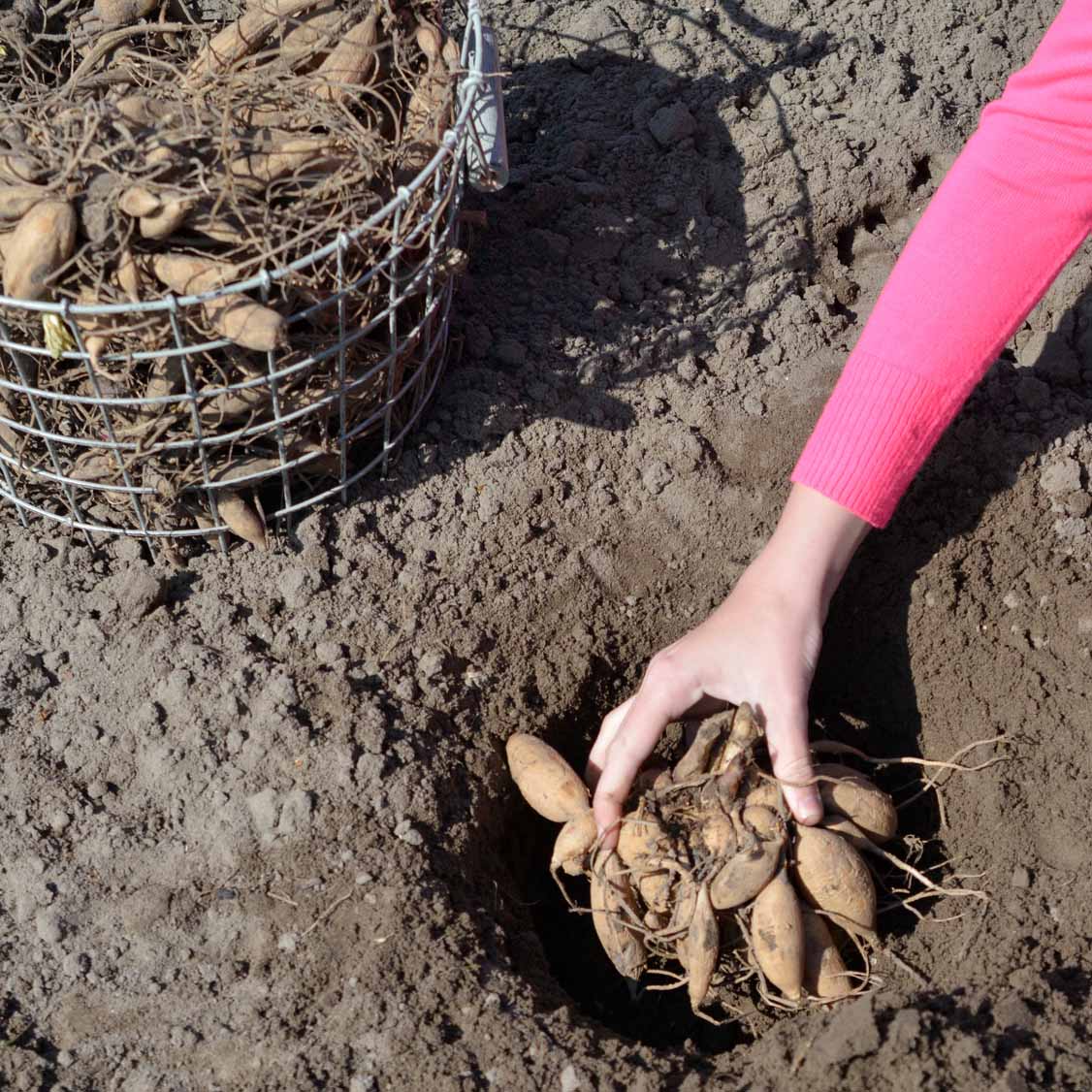
-
- Dig a hole: Dig a hole that is 2-3 times deeper than the height of the bulb
- Plant the bulb: place the bulb into the hole horizontally, with the eye facing up. Cover the bulb with soil, making sure to firm it gently.
- Spacing: Leave at least 12–18 inches between plants for good air circulation.
- Watering: Water lightly at first; once shoots emerge, increase watering.
Caring for Dahlia Plants
To ensure your dahlias thrive, follow these care tips:
-
- Watering: Water your dahlias regularly. Once established, it need to be watered 2–3 times a week, especially in hot weather. Avoid overwatering, as this can lead to root rot and other problems.
- Fertilizing: Feed your dahlias with a low-nitrogen fertilizer (such as 5-10-10) every few weeks. Add a layer of compost or well-rotted manure around the base of the plants to provide additional nutrients.
- Pruning: Deadhead spent or wilted flowers to encourage more blooms. Prune your dahlias in the fall, cutting back the stems to about 4-6 inches from the ground.
- Pest Control: Watch for slugs, aphids, and spider mites, and treat them promptly if necessary. Neem oil or insecticidal soap can help manage infestations.
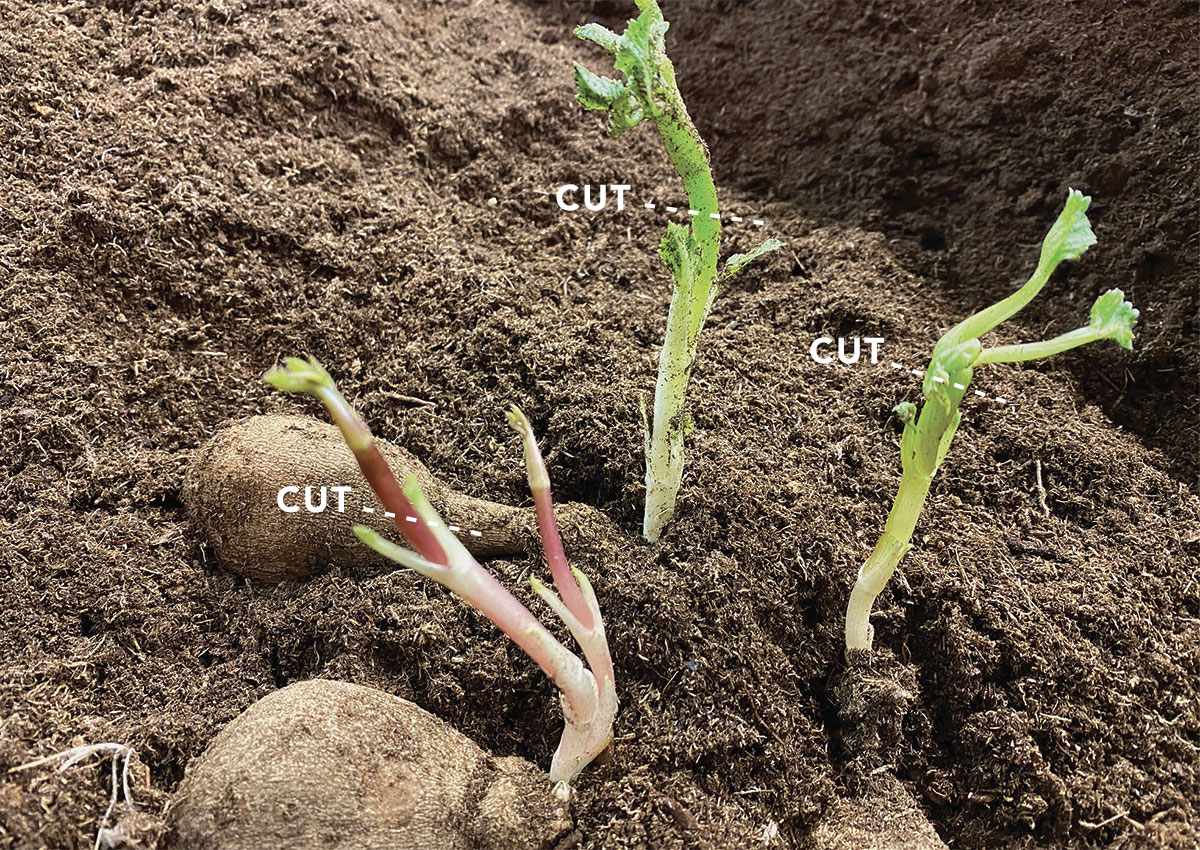
Storing Dahlia Bulbs for Winter
In colder climates, dahlias require special care to survive the cold temperatures. To protect them from frost damage, it’s crucial to:
-
- Lift the tubers: Once the first frost blackens the foliage, cut the plant back to about 6 inches. This makes it easier to lift the tubers out of the ground without damaging them.
- Dig carefully: Carefully dig up the dahlia tubers with a fork, making sure not to damage them.
- Dry and store: Let the lifted tubers dry for a few days, then store them in a cool, dark, and frost-free place, such as a basement or garage. Label the tubers with their variety name if needed.
- Replant in spring: Check your stored dahlia tubers in late winter for any signs of rot, shriveling, or damage. Replant when the soil warms.
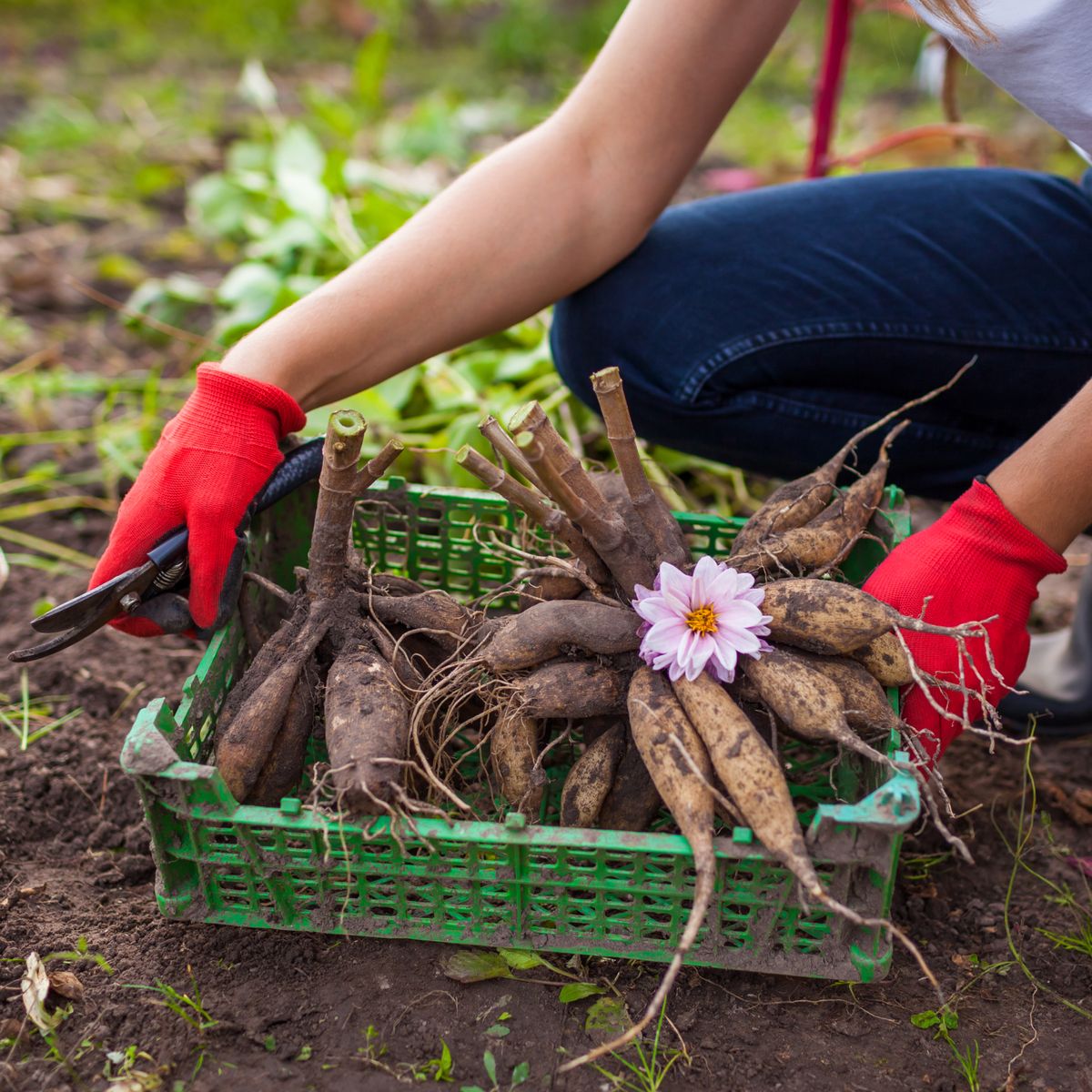
Common Problems and Troubleshooting
- Yellowing leaves: It may be caused by overwatering or the lack of nutrients.
- Weak or no blooms: Too much nitrogen fertilizer can lead to leafy growth with few flowers.
- Pests: To control aphids or slugs on your dahlias, remove them manually or use organic pest control methods.
Conclusion
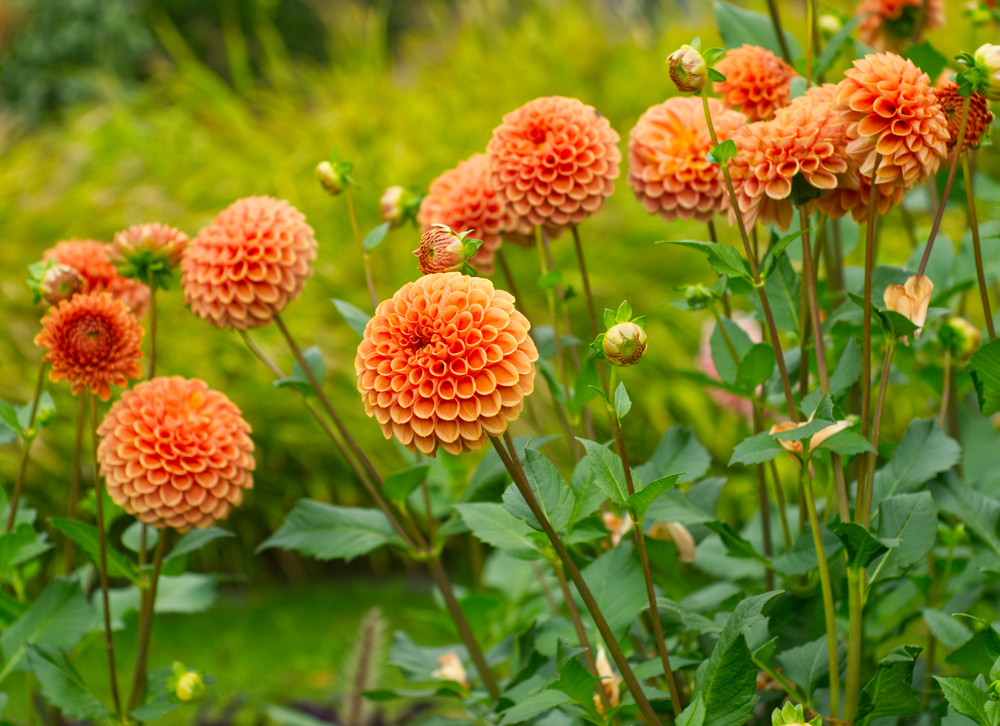
With proper care, Dahlias produce spectacular blooms that intrigue both seasoned gardeners and beginners to gardening. By choosing healthy tubers, planting at the right time, and following essential care steps, you can bring a vibrant display to your garden from summer to fall. Whether you grow dahlias for cut flowers, landscaping, or pure enjoyment, these beautiful blooms are sure to brighten up any outdoor space!





